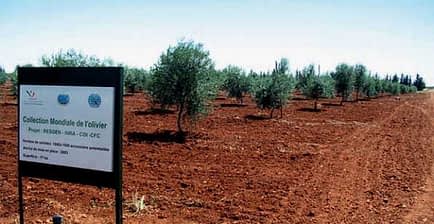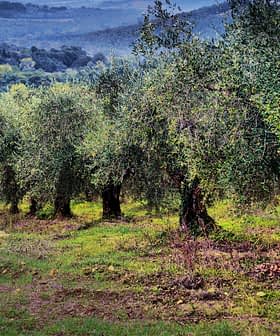
Olive bank in Marrakesh, Morocco (Photo: IOC)
Further safeguarding olive biodiversity by setting up the world’s third olive germplasm bank — in Izmir, Turkey — is at the top of the agenda for a meeting at the International Olive Council’s Madrid headquarters on April 13.
The creation of a collection at sufficient distance from the existing ones in Marrakesh, Morocco, and Córdoba, Spain, is seen as prudent to help ensure plant survival in the event of loss, such as due to natural catastrophes and disease.
An IOC spokeswoman told Olive Oil Times the meeting would examine the steps necessary to establish the new collection and a protocol covering matters such as the dispatch, receipt and management of plant material.
After last year considering bids from other eastern Mediterranean countries, the IOC chose Turkey — specifically the Kamelbecha farm belonging to the Bornova Olive Research Station in the Izmir region — for the third collection, part of its efforts to address “genetic erosion” and the “growing tendency to use an ever shrinking number of varieties.”
Meanwhile, the meeting will also look at measures needed to complete the Marrakesh collection, which currently has 500 varieties yet to gather from the national collections included in RESGEN, a project aimed at identifying, describing and conserving olive genetic resources and now covering 17 countries. Libya is the only one that has ignored requests to participate in the project.
Thirdly, and seizing on the possibilities provided by the former two items, the meeting will consider a project that would complete the application of a new DNA identification technique — using microsatellite molecular markers — to the entire olive collection of more than a thousand olive varieties, according to the IOC spokeswoman.








